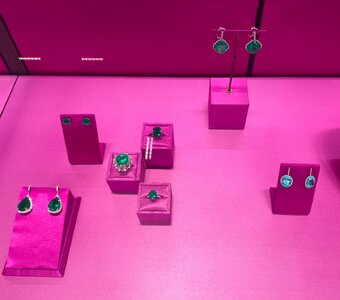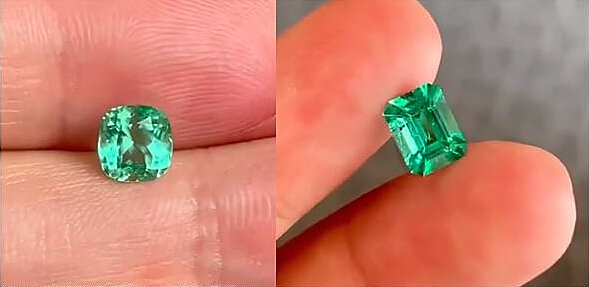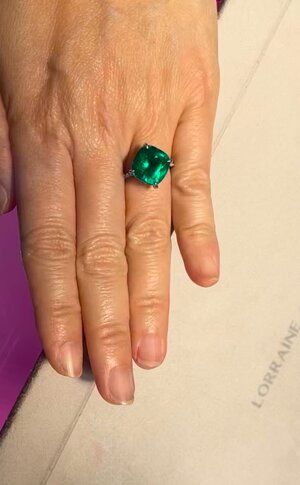Sydneyphoenix
Shiny_Rock
- Joined
- Apr 4, 2021
- Messages
- 420
Hi while I’ve been on the lookout for that perfect Burmese ruby, grown weary with frustrations and have been venturing to look at another item on the bucket list: no-oil Colombian emerald.
First, came across this 1.17ct cushion cut emerald with fresh certificate, designated as Muzo no-oil per (?local) independent certificate. Quite pleasing to the eye. This one is a bit more expensive.
Then found another no-oil Colombian emerald, 1.16ct emerald cut, that’s not designated specific as Muzo on the certificate. Also mentions presence of substances of cutting process in the certificate, I assume that’s the norm. Price is better, cheaper by around $1300 USD.
Aside from Muzo designation, does the 1.17ct cushion have anything going for it over 1.16ct emerald cut to justify higher price? Aesthetics wise colour look similar and I don’t see any major flaws in either stone. If you see anything interesting on the videos please let me know. Probably will have to decide within next 24 hours…
First, came across this 1.17ct cushion cut emerald with fresh certificate, designated as Muzo no-oil per (?local) independent certificate. Quite pleasing to the eye. This one is a bit more expensive.
Then found another no-oil Colombian emerald, 1.16ct emerald cut, that’s not designated specific as Muzo on the certificate. Also mentions presence of substances of cutting process in the certificate, I assume that’s the norm. Price is better, cheaper by around $1300 USD.
Aside from Muzo designation, does the 1.17ct cushion have anything going for it over 1.16ct emerald cut to justify higher price? Aesthetics wise colour look similar and I don’t see any major flaws in either stone. If you see anything interesting on the videos please let me know. Probably will have to decide within next 24 hours…










300x240.png)